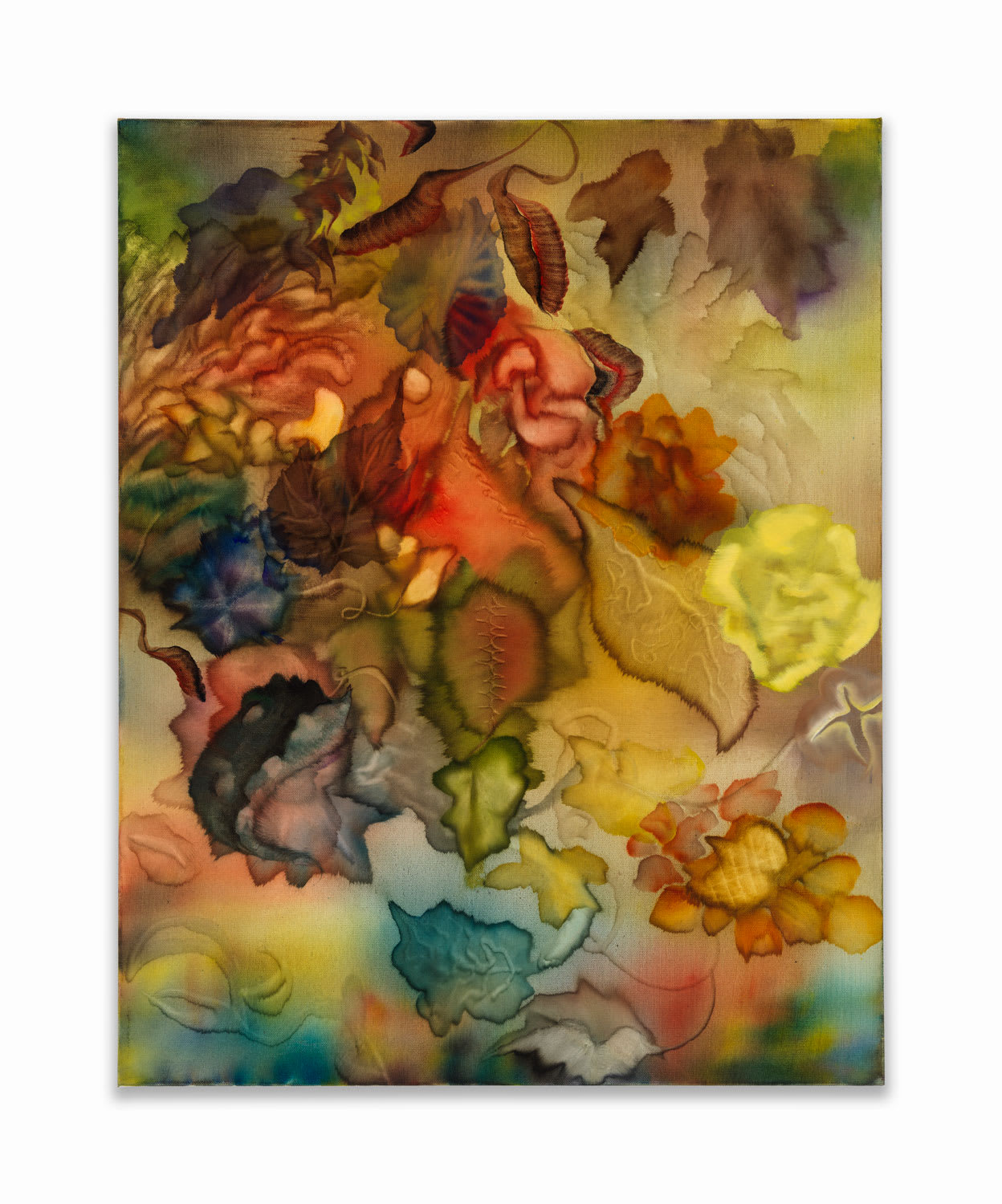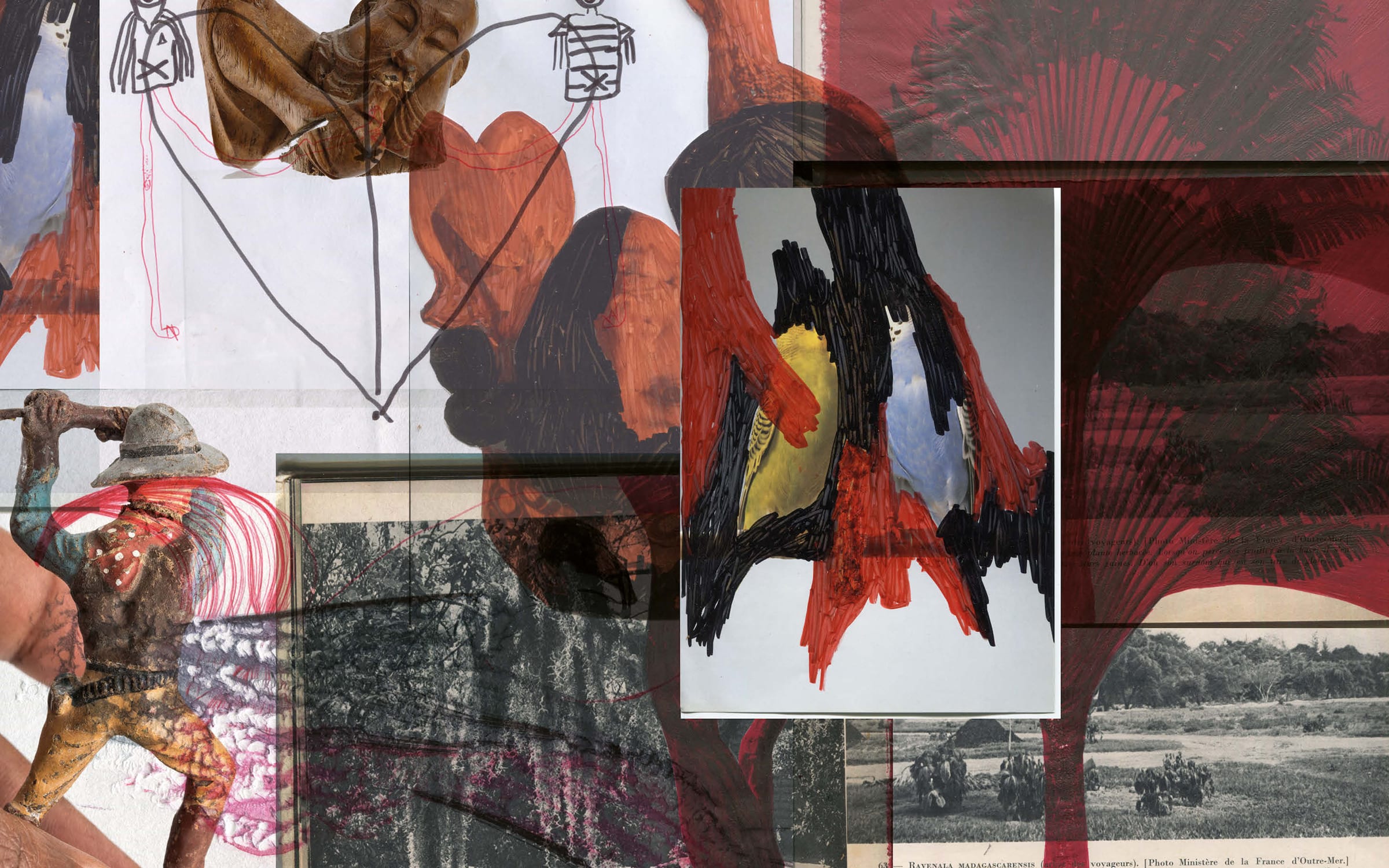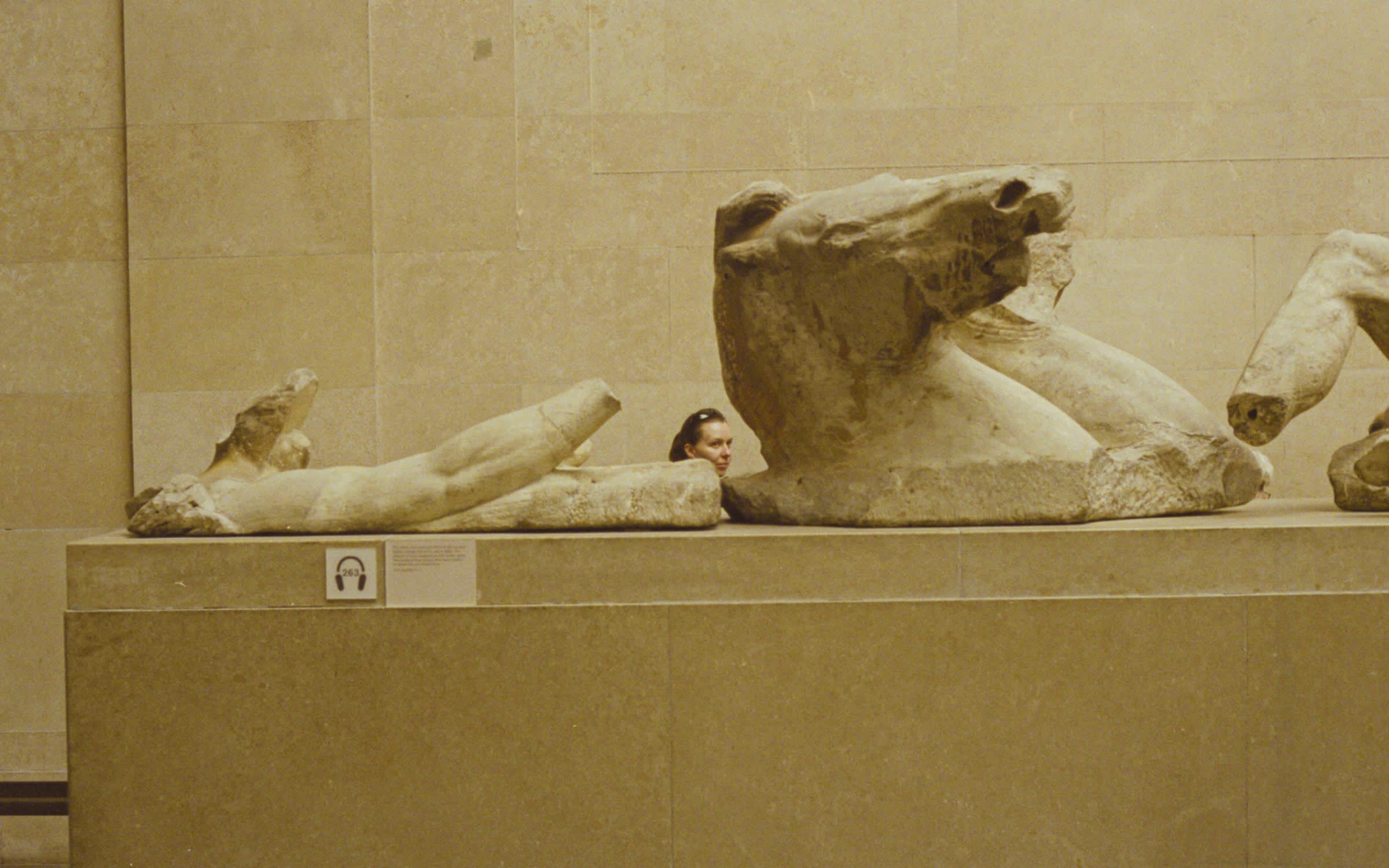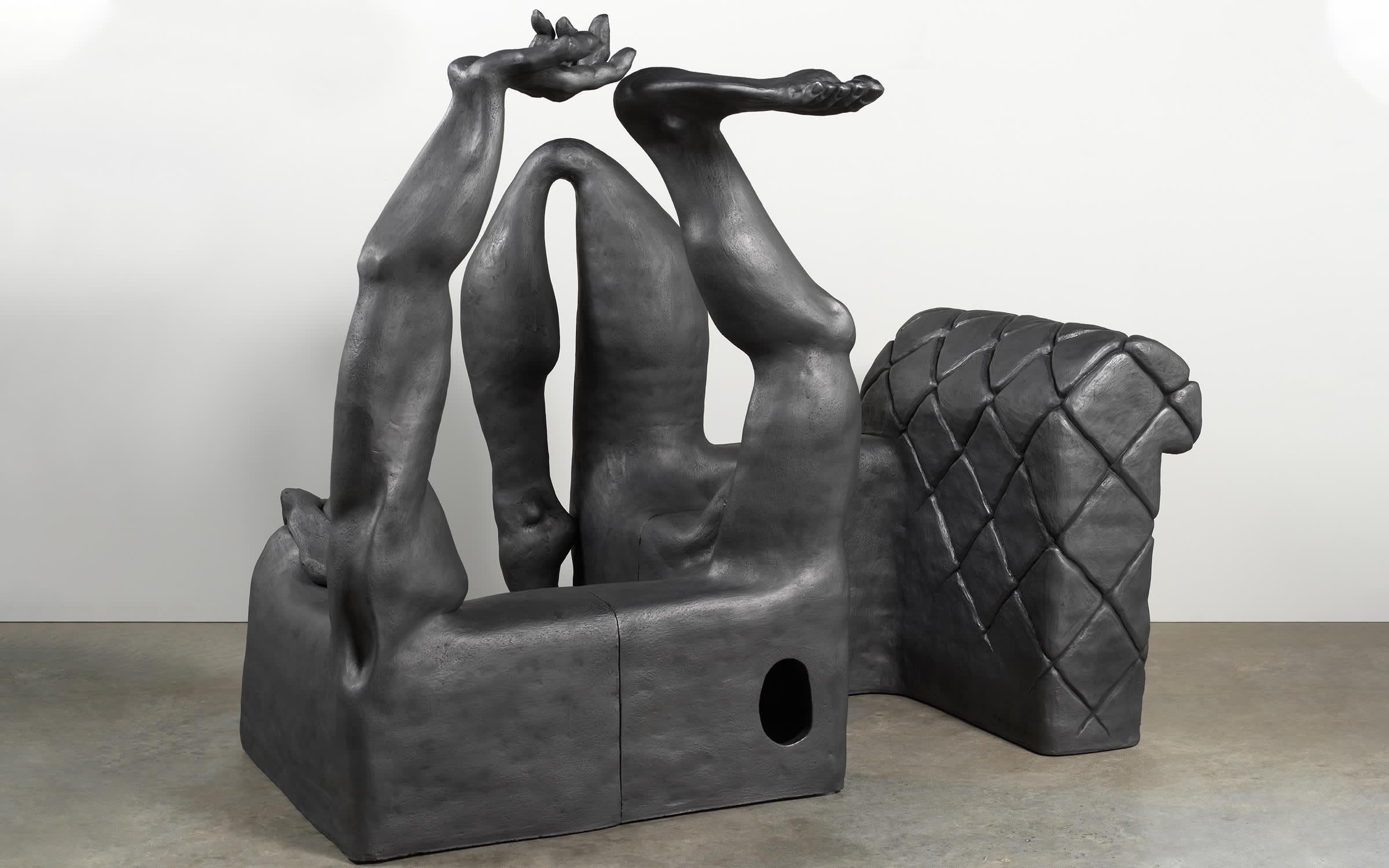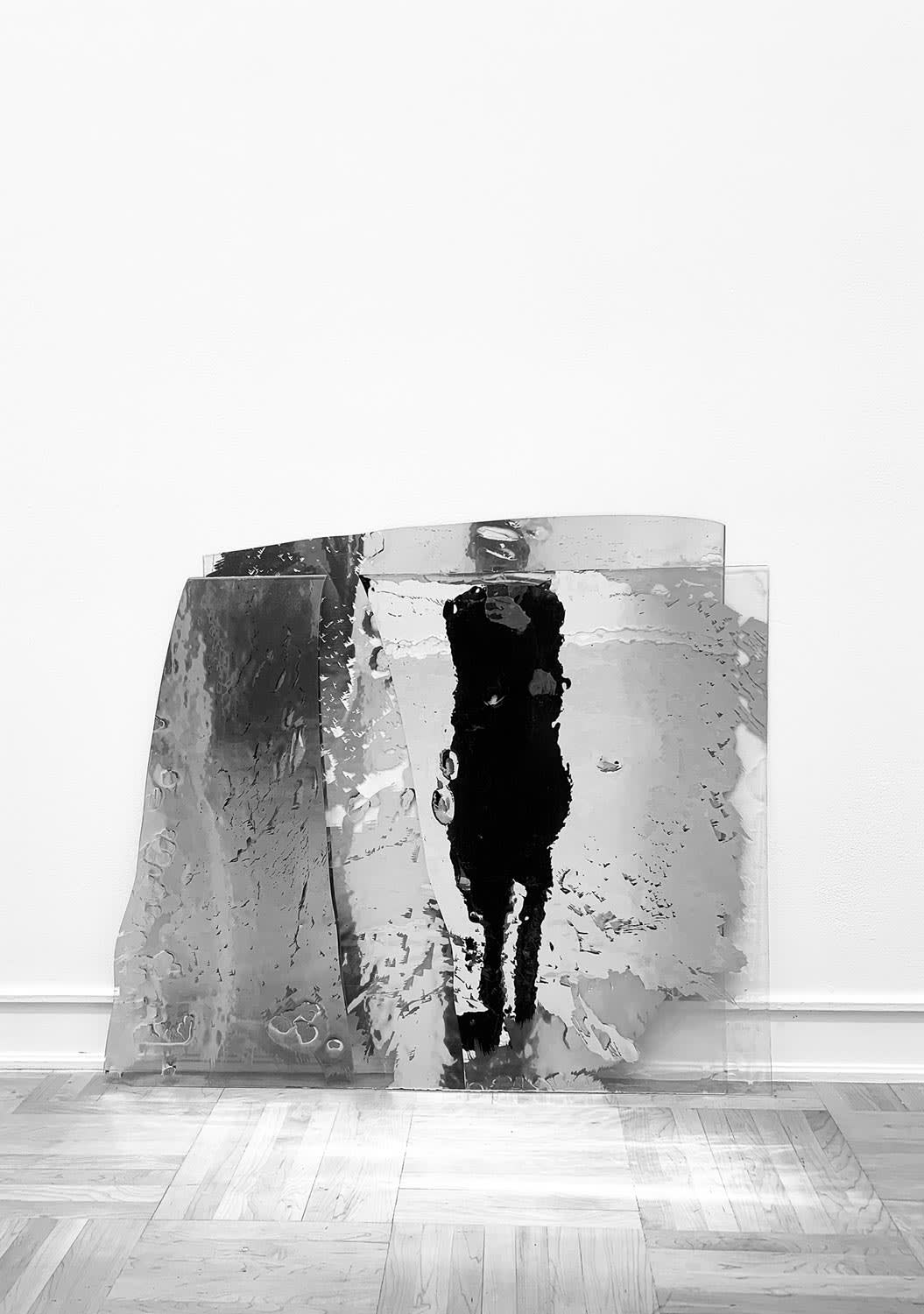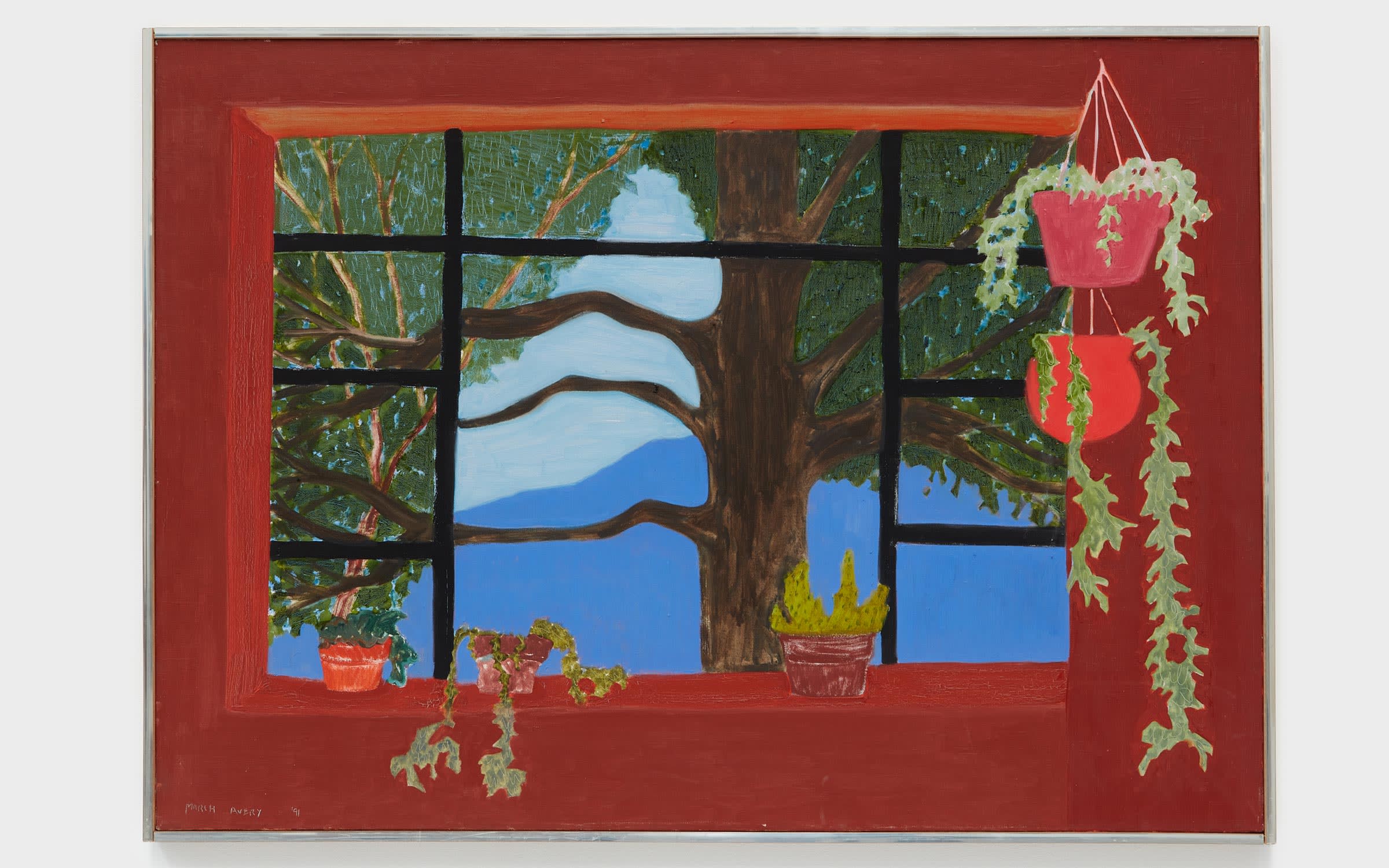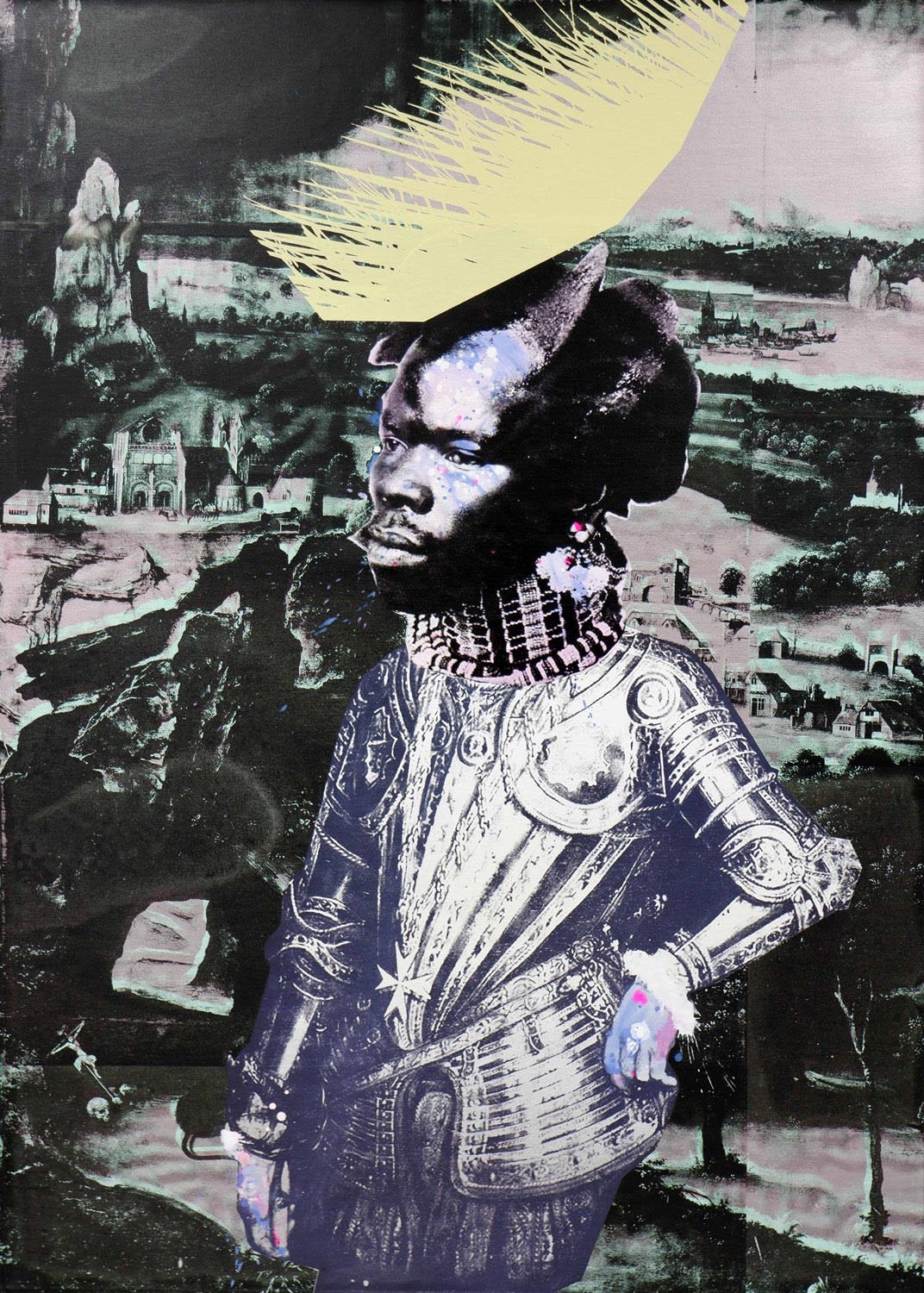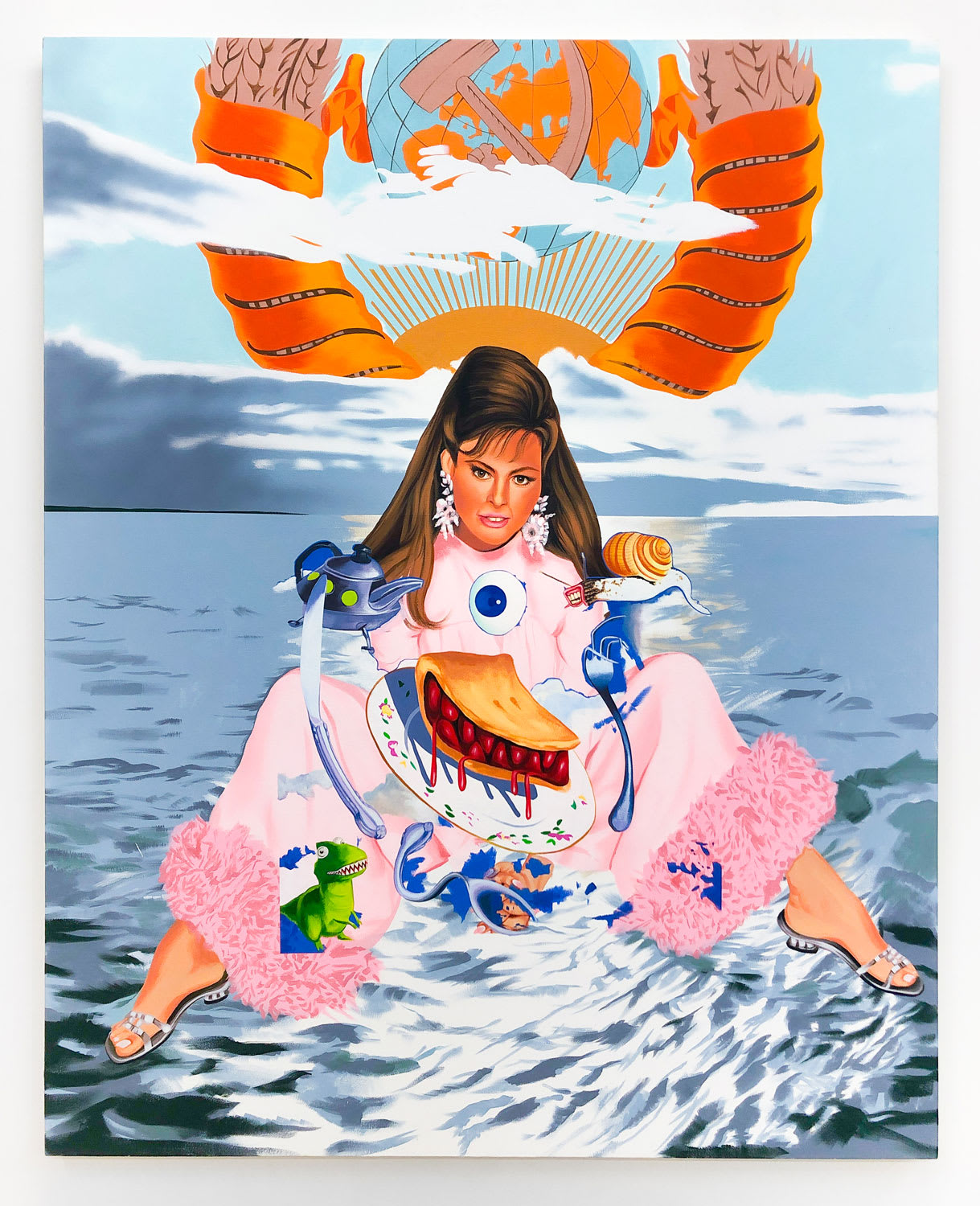North America: 8 must-see shows this fall
Here are the exhibitions not to miss, from New York to Vancouver
Melden Sie sich an oder richten Sie ein Benutzer*innen-Konto ein. So können Sie Art Basel Stories abonnieren und direkt in Ihren Posteingang bekommen.
